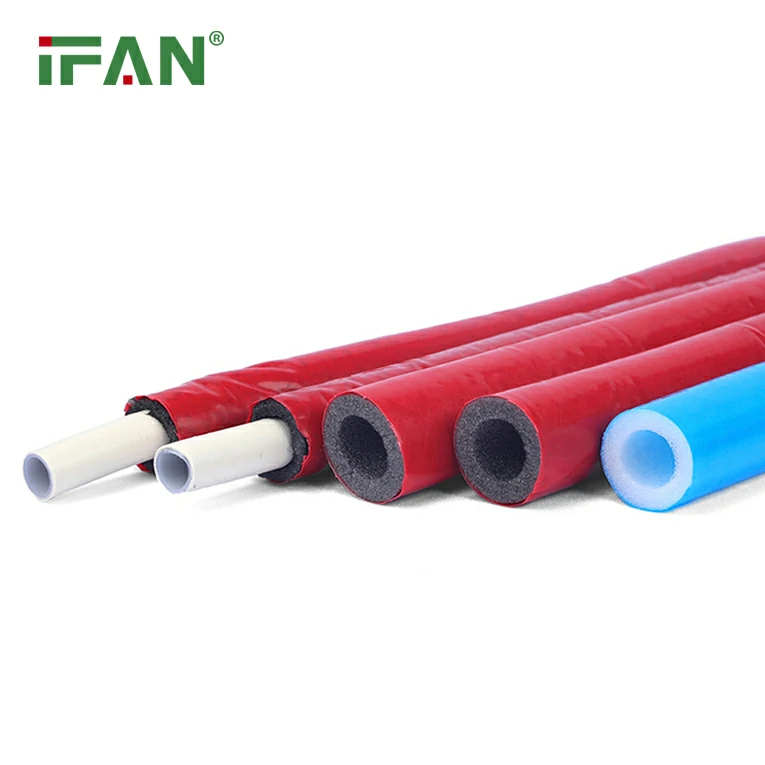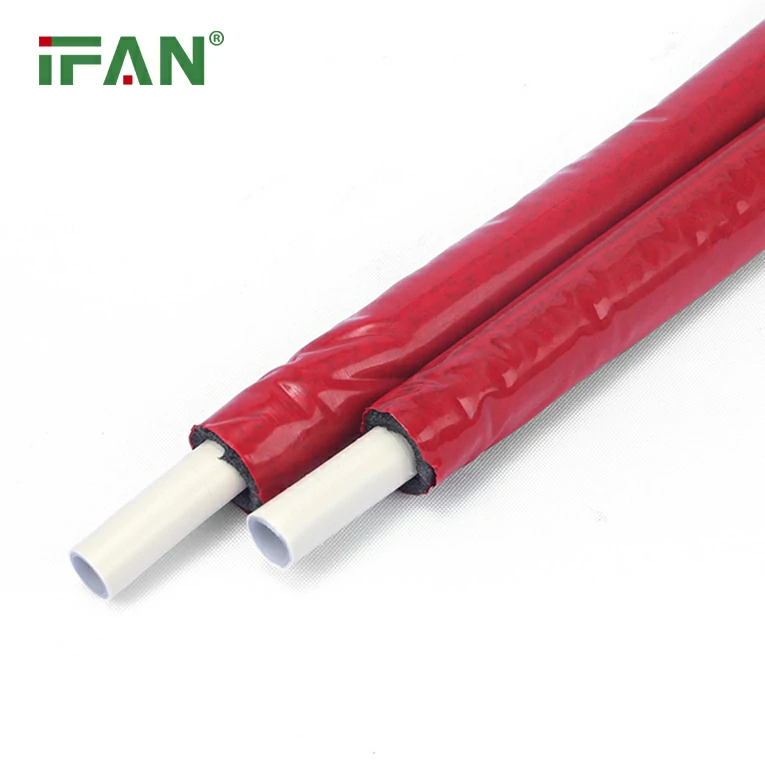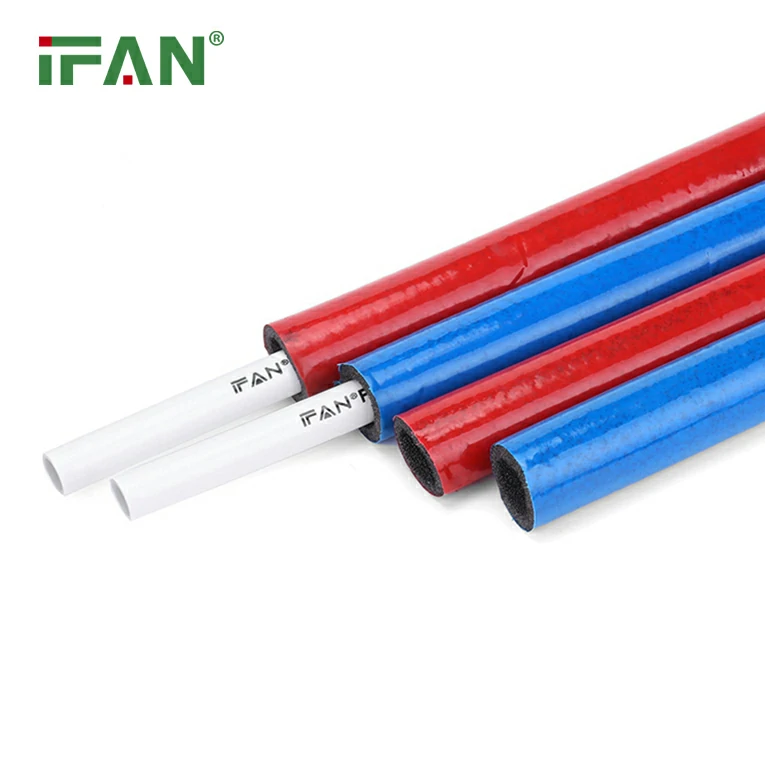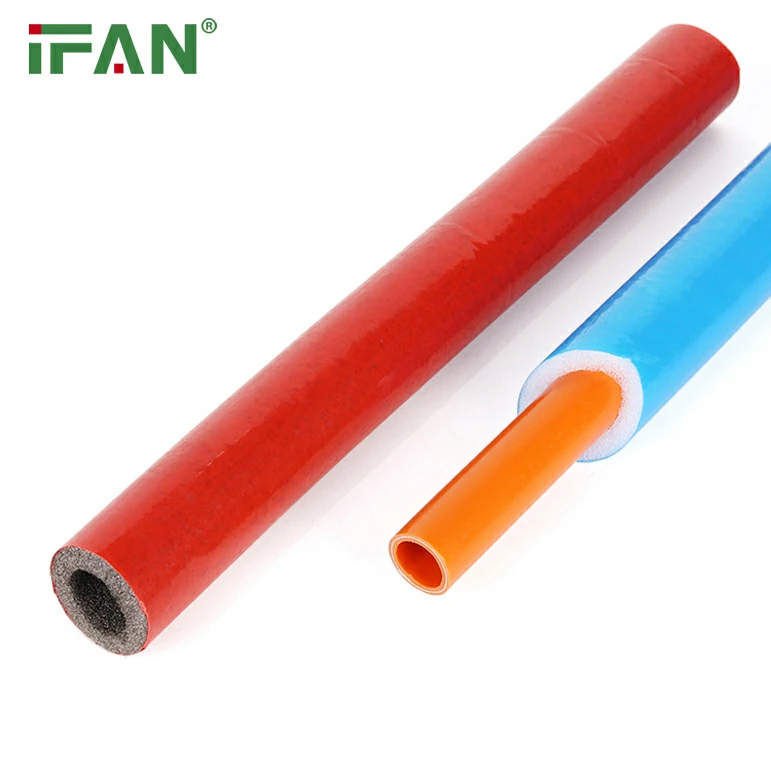In the evolving world of plumbing and infrastructure, the materials used for piping systems are vital for ensuring efficiency, durability, and overall water quality. Polypropylene random copolymer (PP-R) piping and PEX (cross-linked polyethylene) tubing are two popular choices in the market, each with unique advantages. As plumbing needs change and technology advances, many builders and contractors are considering a transition from PP-R pipes to PEX tubing. This article will discuss the differences between PP-R and PEX, the benefits and challenges of making the transition, and the best practices for implementing PEX tubing in plumbing applications.
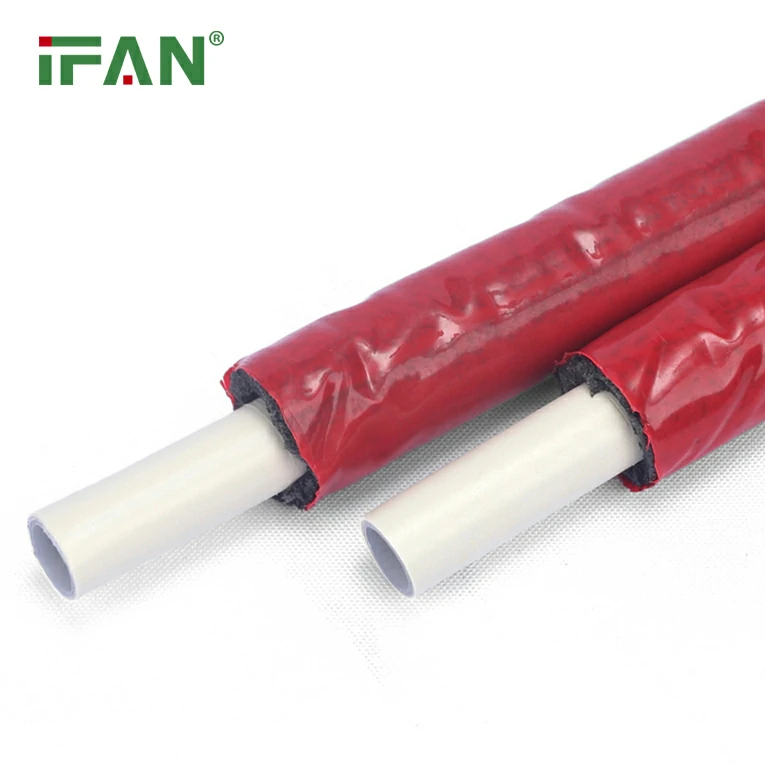
Understanding PP-R Pipe
What is PP-R Pipe?
PP-R pipe is made from polypropylene, a thermoplastic polymer known for its durability and resistance to heat and chemicals. It is commonly used in both residential and commercial plumbing systems, particularly in hot and cold water applications.
Advantages of PP-R Pipe
- Chemical Resistance: PP-R pipes are resistant to a wide range of chemicals, making them suitable for various applications, including water and industrial processes.
- Long Lifespan: With proper installation, PP-R pipes can last over 50 years without degradation, leading to low replacement costs.
- Low Friction Loss: The smooth interior surface of PP-R allows for effective water flow, minimizing pressure drops.
- Ease of Installation: PP-R pipes can be joined using heat fusion techniques, ensuring strong and leak-free joints.
Understanding PEX Tubing
What is PEX Tubing?
PEX tubing is a flexible piping material made from cross-linked polyethylene. It has gained immense popularity for residential plumbing, radiant heating systems, and various commercial applications.
Advantages of PEX Tubing
- Flexibility: PEX tubing can navigate around corners and obstacles easily, reducing the need for fittings and potential leak points.
- Corrosion Resistance: PEX does not rust or corrode, which helps maintain water quality over its lifespan.
- Temperature Resistance: PEX can handle a wide range of temperatures, making it suitable for both hot and cold water applications.
- Lower Labor Costs: The ease of installation typically leads to reduced labor time, translating to lower installation costs.
Comparing PP-R Pipe and PEX Tubing
Key Differences
- Material Composition: PP-R is made from polypropylene, while PEX is produced from cross-linked polyethylene, resulting in different physical properties and suitability for certain applications.
- Installation Techniques: PP-R pipes are typically joined through heat fusion, while PEX can be connected using various methods, including crimp fittings, clamp rings, and push-fit connectors.
- Flexibility: PEX tubing offers greater flexibility, allowing it to be installed in tight spaces without the need for many fittings.
- Resistance to Freezing: PEX tubing has a higher resistance to freezing conditions, making it less likely to burst in cold temperatures compared to rigid PP-R pipes.
Challenges of Transitioning from PP-R to PEX
Transitioning from PP-R to PEX tubing can offer numerous advantages, but it also poses several challenges that should be taken into consideration:
- Compatibility with Existing Systems: When replacing or retrofitting PP-R piping systems, careful attention must be paid to compatibility with existing components. Proper fittings and connectors that are compatible with both materials must be used to ensure a leak-free transition.
- Regulatory Compliance: Familiarize yourself with local plumbing codes and standards when transitioning to PEX. Ensure that the installed PEX system meets all regulatory requirements for potable water applications.
- Skill and Training: While PEX is generally easy to install, plumbing professionals need to be trained in the specific techniques for joining PEX tubing. Familiarization with the various connection methods (such as crimping and push-fit) is essential for successful implementation.
- Cost Implications: While transitioning from PP-R to PEX offers benefits, it may also require an initial investment in new materials and tools. Carefully assess the cost versus benefits of the switch to ensure it aligns with project budgets.
Best Practices for Transitioning to PEX Tubing
1. Plan the Transition
Before making the transition, create a comprehensive plan that outlines your goals and requirements. Determine the extent of the replacement, consider the specific areas where PEX will be installed, and prepare for any potential challenges.
2. Select the Right PEX Product
Choose PEX products that are suitable for your intended applications. Different types of PEX (such as PEX-A, PEX-B, and PEX-C) each have unique characteristics. For example:
- PEX-A offers superior flexibility and is ideal for applications requiring tight bends and curves.
- PEX-B is often more cost-effective and works well in standard residential plumbing systems.
3. Gather Necessary Tools and Materials
Stock up on the right tools for PEX installation, including PEX cutters, crimp tools, and fittings. Ensure that you also have the appropriate insulation materials and protective sleeves if needed, particularly for areas exposed to potential freezing temperatures.
4. Training and Skill Development
Ensure that any team members involved in the installation process are properly trained in PEX installation techniques. Conduct hands-on training sessions or workshops to familiarize them with the various connection types and best practices.
5. Perform Pressure Testing
After completing the installation, conduct pressure tests on the new PEX system to ensure that all connections are leak-free. This step is crucial in maintaining the integrity of the plumbing system.
Final Thoughts
Transitioning from PP-R pipe to PEX tubing presents an opportunity to improve plumbing systems by utilizing modern, flexible materials that enhance durability and efficiency. While there are challenges associated with this transition, careful planning, proper tools, and skilled installation can lead to a successful outcome.
As the plumbing industry continues to evolve, embracing materials like PEX ensures that builders and contractors can provide efficient, reliable, and long-lasting solutions for residential and commercial applications. Understanding the respective strengths and applications of PP-R and PEX will ultimately empower professionals to make informed decisions that support water conservation, system longevity, and customer satisfaction.
FAQs
1. What is PEX tubing used for?
PEX tubing is used for various applications, including residential and commercial hot and cold water supply lines, radiant heating systems, and hydronic heating.
2. How do PEX pipes compare to PP-R pipes?
PEX pipes are more flexible than PP-R pipes, offer better corrosion resistance, and include easier installation methods, while PP-R pipes provide excellent chemical resistance and longevity.
3. Can I transition from PP-R to PEX piping easily?
Transitioning is feasible, but it requires careful planning, proper fittings, and skilled installation to ensure compatibility and effectiveness.
4. What tools do I need to install PEX tubing?
Essential tools for installing PEX include: PEX cutters, crimp or clamp tools, measuring tape, and various fittings suitable for connection types.
5. How do I maintain PEX plumbing systems?
Regular inspections for leaks, pressure testing, and ensuring proper insulation for exposed PEX pipes are essential maintenance practices for keeping PEX plumbing systems functioning effectively.

